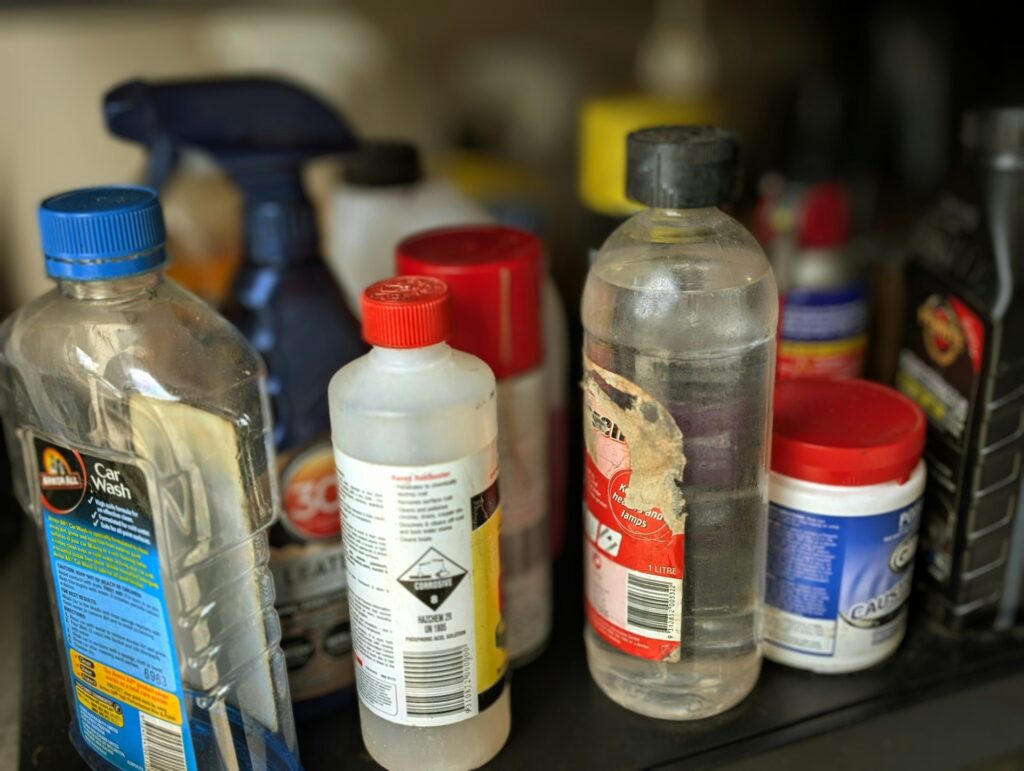The essential biological process of photosynthesis relies on Photosystem II (PSII) as its essential structural component. The responsibility of PSII is to modify solar power into chemical power however its efficient mechanism enables damage that triggers recurring degradation along with repair processes. Purdue University biochemists exposed key molecular mechanisms of self-repair in PSII through recent studies which could help improve photosynthetic efficiency in plants.
A team led by Purdue University researchers, including Steven McKenzie and Sujith Puthiyaveetil, has identified two key processes that drive PSII repair: protein phosphorylation and oxidative protein modification. Their findings, published in Plant Communications, provide a deeper understanding of how damaged PSII components are selectively disassembled and replaced. Their research can be found here:
McKenzie, S. D., & Puthiyaveetil, S. (2024). Protein phosphorylation and oxidative protein modification promote plant photosystem II disassembly for repair. Plant Communications, 101202. https://doi.org/10.1016/j.xplc.2024.101202
PSII is responsible for splitting water molecules to extract electrons and protons, releasing oxygen as a byproduct. This process is fundamental to sustaining life on Earth, yet exposure to high light levels can damage PSII, impairing its function. To counteract this, plants, algae, and cyanobacteria have evolved a repair mechanism to maintain photosynthetic efficiency. Understanding the details of this process has remained a challenge for researchers.
“The photosystem II splits water and extracts electrons and protons, leaving oxygen as a by-product. Photosystem II thereby powers life on Earth,”
said Puthiyaveetil, associate professor of biochemistry. He went onto say:
“it’s still fairly poorly understood how these huge protein complexes that use light energy to produce oxygen are able to be repaired and maintained so efficiently across different lineages of plants, algae and cyanobacteria.”
Protein phosphorylation, a process where phosphate groups are added to proteins, has been known since the late 1970s. However, its role in PSII disassembly remained unclear. McKenzie and Puthiyaveetil found that phosphorylation serves not only as a trigger for disassembly but also as a quality control mechanism. Phosphorylated proteins remain stable under high-light conditions, preventing premature degradation, and allowing plants to initiate repairs when light levels normalise.
The Purdue research team established that besides phosphorylation the oxidative modification of proteins substantially drives PSII disassembly. The natural functioning of PSII as a water-splitter and high-energy photon absorber leads to oxidative damage accumulation. The Purdue researchers proved that oxidative stress functions as a signalling mechanism to initiate protein disassembly thus enabling damaged proteins to be replaced smoothly.
Research into control methods for repair of the PSII system creates potential breakthroughs in crop yield enhancement. Enhancing photosynthetic efficiency requires optimisation of repair processes which run an expensive energy course through protein degradation and reassembly and resynthesis. Scientists working towards creating genetically modified plants to tolerate stress factors would accomplish this by developing either faster repair systems or mechanisms that need less energy during maintenance.
Previous research has shown that modifying photoprotective pathways can enhance crop photosynthesis. Similarly, understanding PSII repair pathways offers new possibilities for genetic engineering to create crops that sustain higher rates of photosynthesis over extended periods.
“We were interested to know whether there was an alternative mechanism that could be responsible for driving photosystem II disassembly,” McKenzie said. “That’s why we thought perhaps the damage to photosystem II itself could be driving disassembly of the complex.”
Through precise manipulations of light exposure and phosphate levels the research team showed possible ways to control both disassembly and repair processes of PSII.

Hassan graduated with a Master’s degree in Chemical Engineering from the University of Chester (UK). He currently works as a design engineering consultant for one of the largest engineering firms in the world along with being an associate member of the Institute of Chemical Engineers (IChemE).



